Salmonella
Salmonella species are Gram-negative, flagellated facultatively anaerobic bacilli characterized by O, H, and Vi antigens. There are over 1800 known serovars which current classification considers to be separate species. H antigen may occur in either or both of two forms, called phase 1 and phase 2. The organisms tend to change from one phase to the other. O antigens occur on the surface of the outer membrane and are determined by specific sugar sequences on the cell surface. Vi antigen is a superficial antigen overlying the O antigen; it is present in a few serovars, the most important being S typhi.
Salmonellosis ranges clinically from the common Salmonella gastroenteritis (diarrhea, abdominal cramps, and fever) to enteric fevers (including typhoid fever) which are life-threatening febrile systemic illness requiring prompt antibiotic therapy. Focal infections and an asymptomatic carrier state occur. The most common form of salmonellosis is a self-limited, uncomplicated gastroenteritis.
Salmonellosis includes several syndromes (gastroenteritis, enteric fevers, septicemia, focal infections, and an asymptomatic carrier state). Particular serovars show a strong propensity to produce a particular syndrome (S typhi, S paratyphi-A, and S schottmuelleri produce enteric fever; S choleraesuis produces septicemia or focal infections; S typhimurium and S enteritidis produce gastroenteritis); however, on occasion, any serotype can produce any of the syndromes. In general, more serious infections occur in infants, in adults over the age of 50, and in subjects with debilitating illnesses.
Salmonellae are ubiquitous human and animal pathogens, and salmonellosis, a disease that affects an estimated 2 million Americans each year, is common throughout the world. Salmonellosis in humans usually takes the form of a self-limiting food poisoning (gastroenteritis), but occasionally manifests as a serious systemic infection (enteric fever) which requires prompt antibiotic treatment. In addition, salmonellosis causes substantial losses of livestock.
Living in the gut of many farm animals, the Salmonella bacteria can contaminate raw eggs, milk and poultry. Salmonella can be spread from person to person by poor hygiene. Salmonella infections are one of the most common causes of food poisoning in America.
The bacteria can easily spread, and so if someone in your home is infected it is important to wash all dirty linen on the hottest cycle possible and disinfect your bathroom after each visit. We also recommend disinfecting all common touch points, too – such as door handles and computer keyboards, for example – to reduce the risk of cross-contamination.
The incubation period for Salmonella gastroenteritis (food poisoning) depends on the dose of bacteria. Symptoms usually begin 6 to 48 hours after ingestion of contaminated food or water and usually take the form of nausea, vomiting, diarrhea, and abdominal pain. Myalgia and headache are common; however, the cardinal manifestation is diarrhea. Fever (38°C to 39°C) and chills are also common. At least two-thirds of patients complain of abdominal cramps. The duration of fever and diarrhea varies, but is usually 2 to 7 days.
The diagnosis of salmonellosis requires bacteriologic isolation of the organisms from appropriate clinical specimens. Laboratory identification of the genus Salmonella is done by biochemical tests; the serologic type is confirmed by serologic testing. Feces, blood, or other specimens should be plated on several nonselective and selective agar media (bismuth sulfite, and brilliant green agars) as well as intoenrichment broth such as selenite or tetrathionate. Any growth in enrichment broth is subsequently subcultured onto the various agars. The biochemical reactions of suspicious colonies are then determined on triple sugar iron agar and a presumptive identification is made. Biochemical identification of salmonellae has been simplified by systems that permit the rapid testing of 10–20 different biochemical parameters simultaneously. The presumptive biochemical identification of Salmonella then can be confirmed by antigenic analysis of O and H antigens using polyvalent and specific antisera.
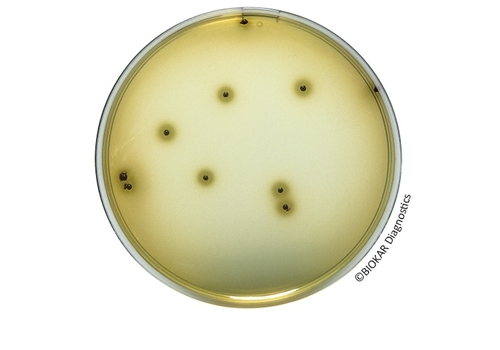
Bismuth Sulfite Agar (ISO 6579-1)
Bismuth Sulfite Agar (ISO 6579-1) Bismuth Sulfite Agar ISO 6579-1 is a selective medium used to..
More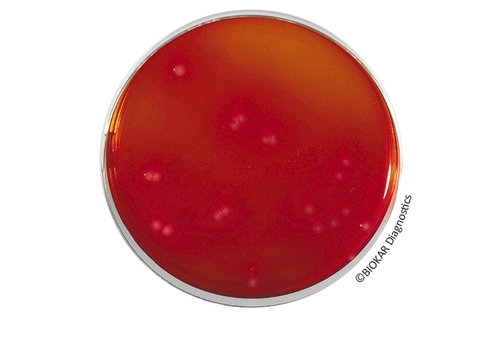
Brilliant Green Agar (EDEL & KAMPELMACHER)
Brilliant Green Agar (EDEL & KAMPELMACHER) Brilliant Green agar according to Edel &..
More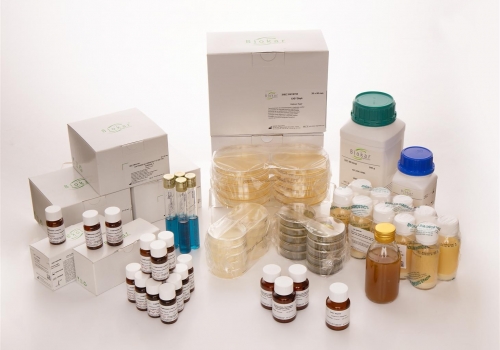
Brilliant Green Agar (KRISTENSEN)
Brilliant Green Agar (KRISTENSEN) Brilliant Green Agar of Kristensen is a highly selective..
More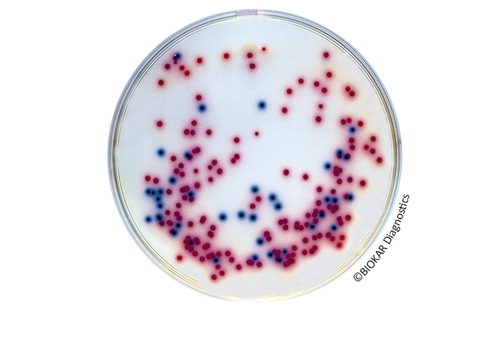
COMPASS® Salmonella Agar
COMPASS® Salmonella Agar COMPASS® Salmonella Agar is a selective media allowing the isolation..
More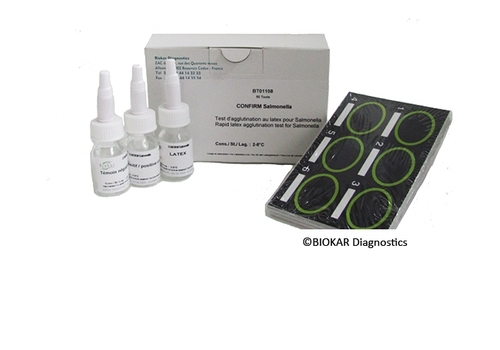
CONFIRM’ Salmonella
CONFIRM’ Salmonella CONFIRM’ Salmonella is a latex agglutination test that allows for the..
More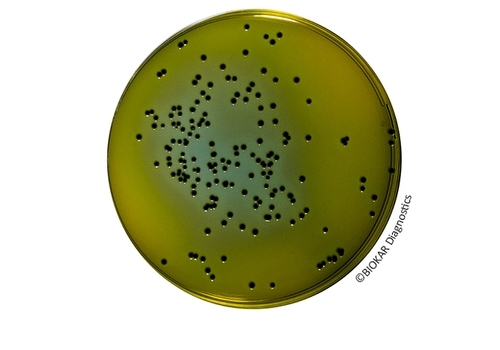
Hektöen Enteric Agar
Hektoen Enteric Agar Hektoen Enteric Agar is a selective medium for the isolation and..
More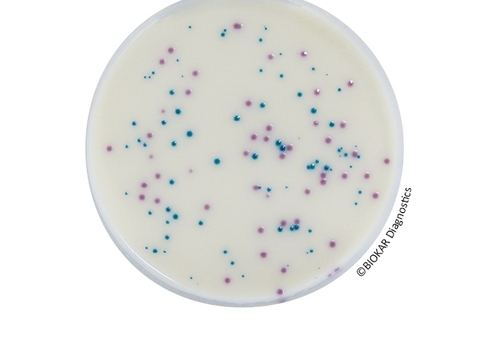
IRIS SALMONELLA®
IRIS Salmonella® IRIS Salmonella® is an alternative research method of Salmonellae in human..
More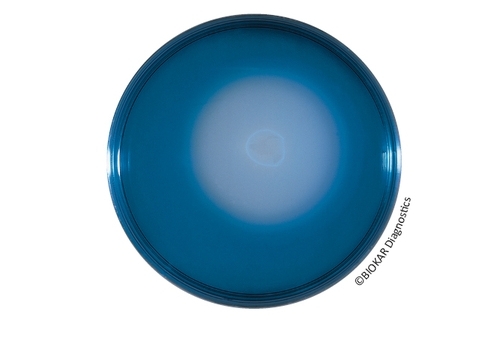
MSRV Medium
MSRV Medıum Modified Semi-Solid Rappaport-Vassiliadis Agar (MSRV) is a selective medium..
More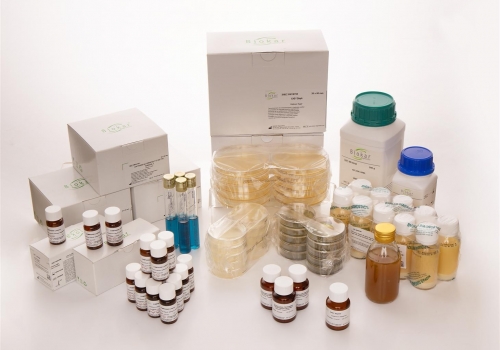
Muller-Kauffmann Tetrathionate-Novobiocin Broth (MKTTN)
Muller Kauffmann Tetrathionate Novobiocin Broth (MKTTN) MKTTn Broth is used as one of two..
More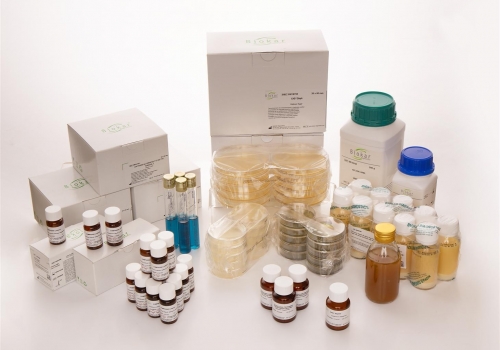
Müller-Kauffmann Broth
Müller & Kauffman Broth Müller & Kauffmann Tetrathionate broth is one the oldest media..
More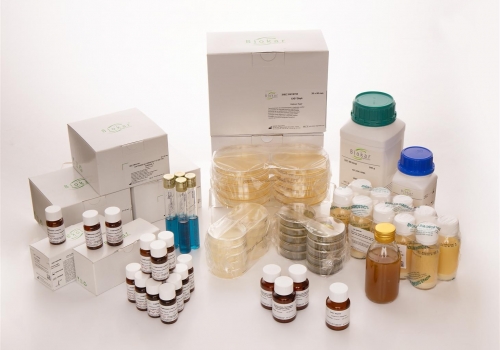
Rappaport-VassilIadis Soja (RVS) Broth
Rappaport-VassılIadıs Soja (RVS) Broth Rappaport-Vassiliadis Soja Broth is used for the..
More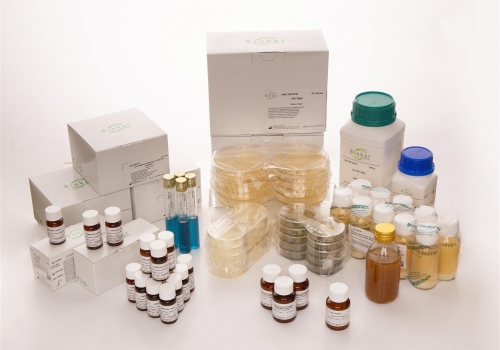
Salmonella Enrichment
Salmonella Enrichment Salmonella Enrichment is a special formulation of Buffered Peptone Water..
More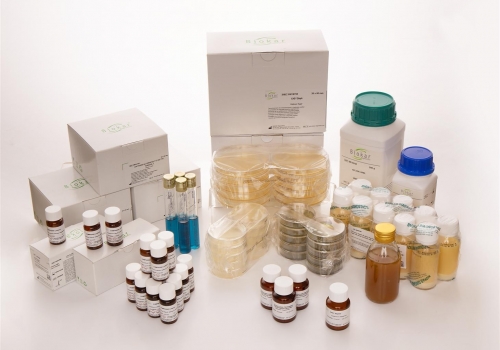
Salmonella Enrichment with Tween® 80
Salmonella Enrichment with Tween® 80 Salmonella Enrichment with Tween®80 is used..
More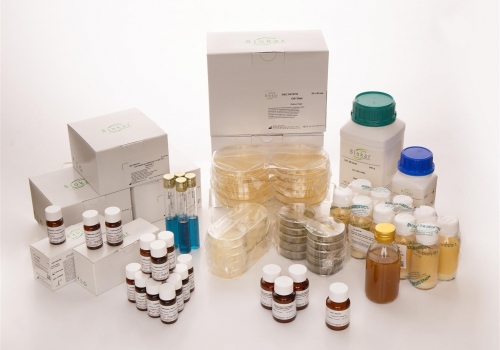
Salmonella Enrichment Double-Strength Buffered
Salmonella Enrıchment Double-Strength Buffered Salmonella Enrichment double-strength buffered..
More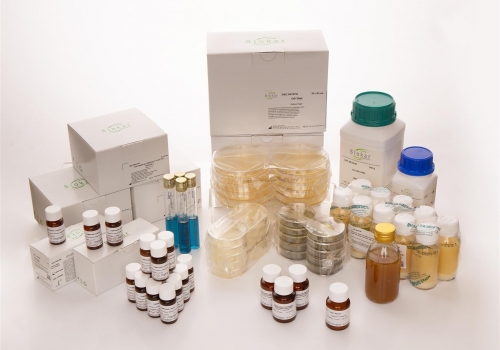
Salmonella-Shigella (SS) Agar
Salmonella-Shıgella (SS) Agar Salmonella-Shigella (SS) agar is used for the isolation of..
More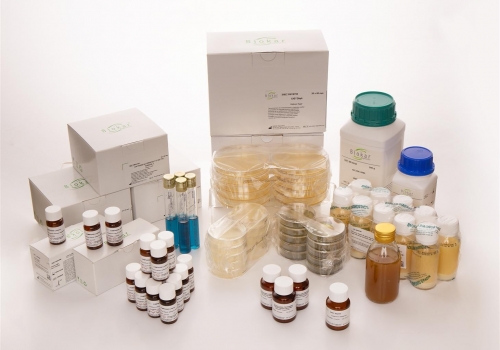
Selenite-Cystine Broth
Selenite-Cystine Broth Selenite-Cystine broth is used for the selective enrichment of Salmonella..
More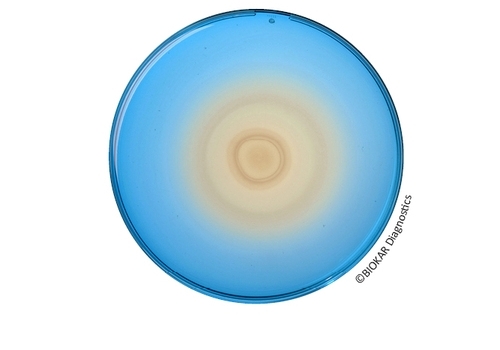
Sesame Salmonella TEST®
Sesame Salmonella TEST® SESAME Salmonella TEST® represents an alternative method for the..
More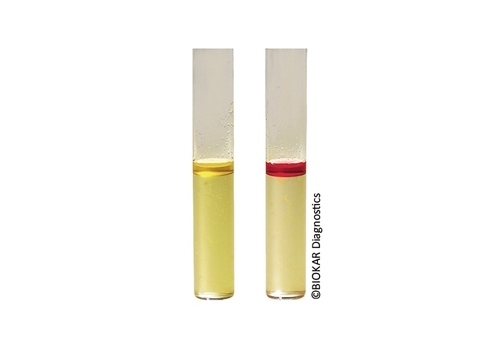
Tryptophan Broth
Tryptophan Broth Tryptophan broth allows the culture of microorganisms presenting no particular..
More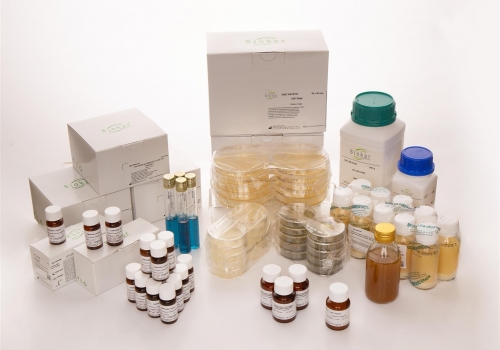
TSI Agar (ISO 6579-1)
TSI Agar (ISO 6579-1) TSI (Triple Sugar Iron) Agar is used for the identification of..
More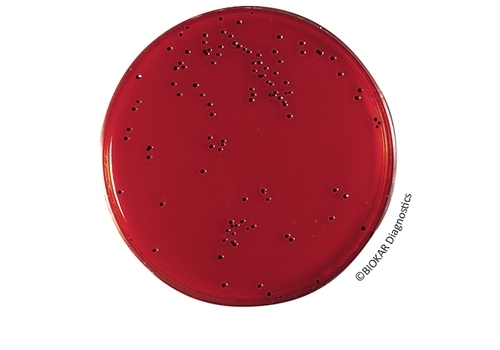
XLD Agar
XLD Agar XLD (Xylose Lysine Desoxycholate) Agar is used for the isolation of Salmonella in..
More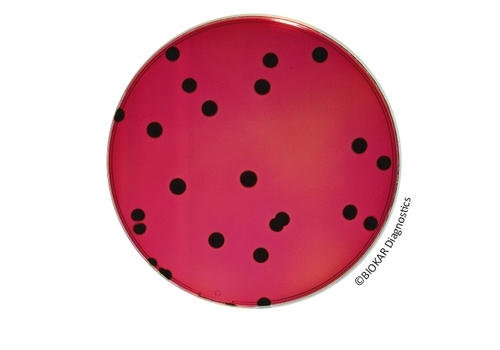
XLT4 Agar
XLT4 Agar XLT4 (Xylose-Lysine-Tergitol 4) Agar is a selective isolation medium for the detection..
More